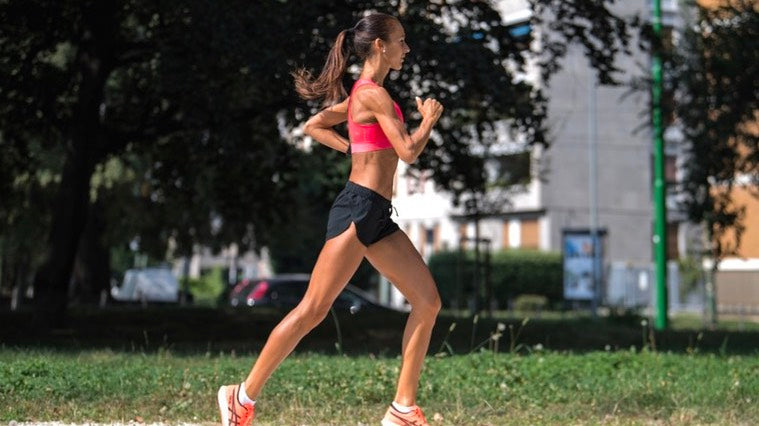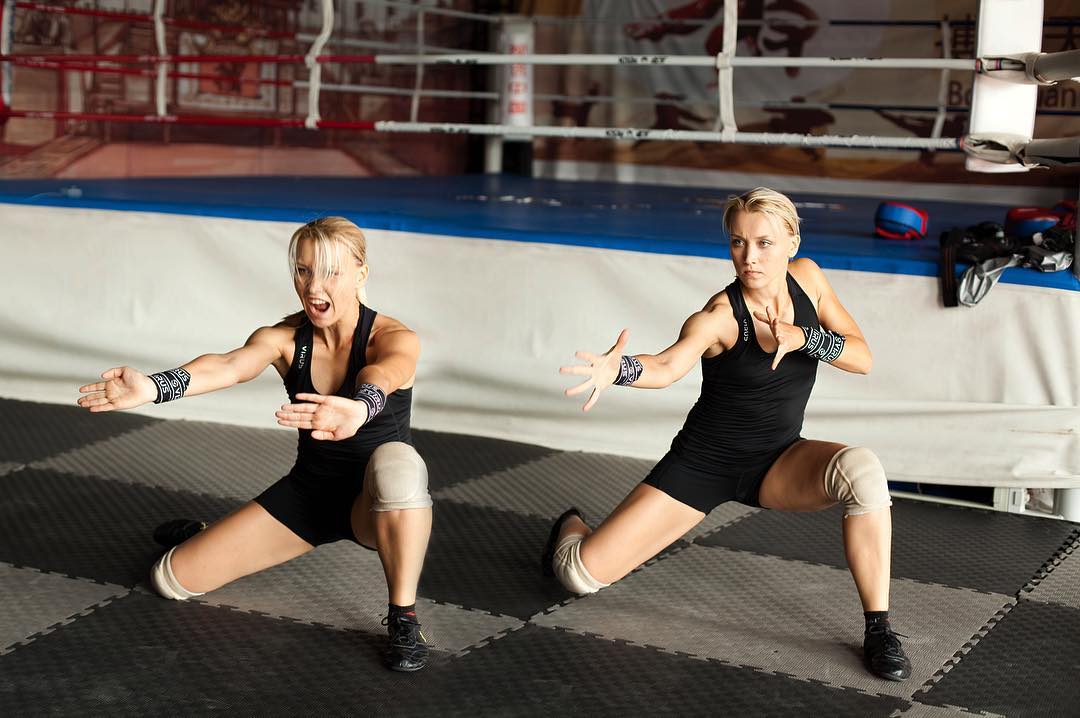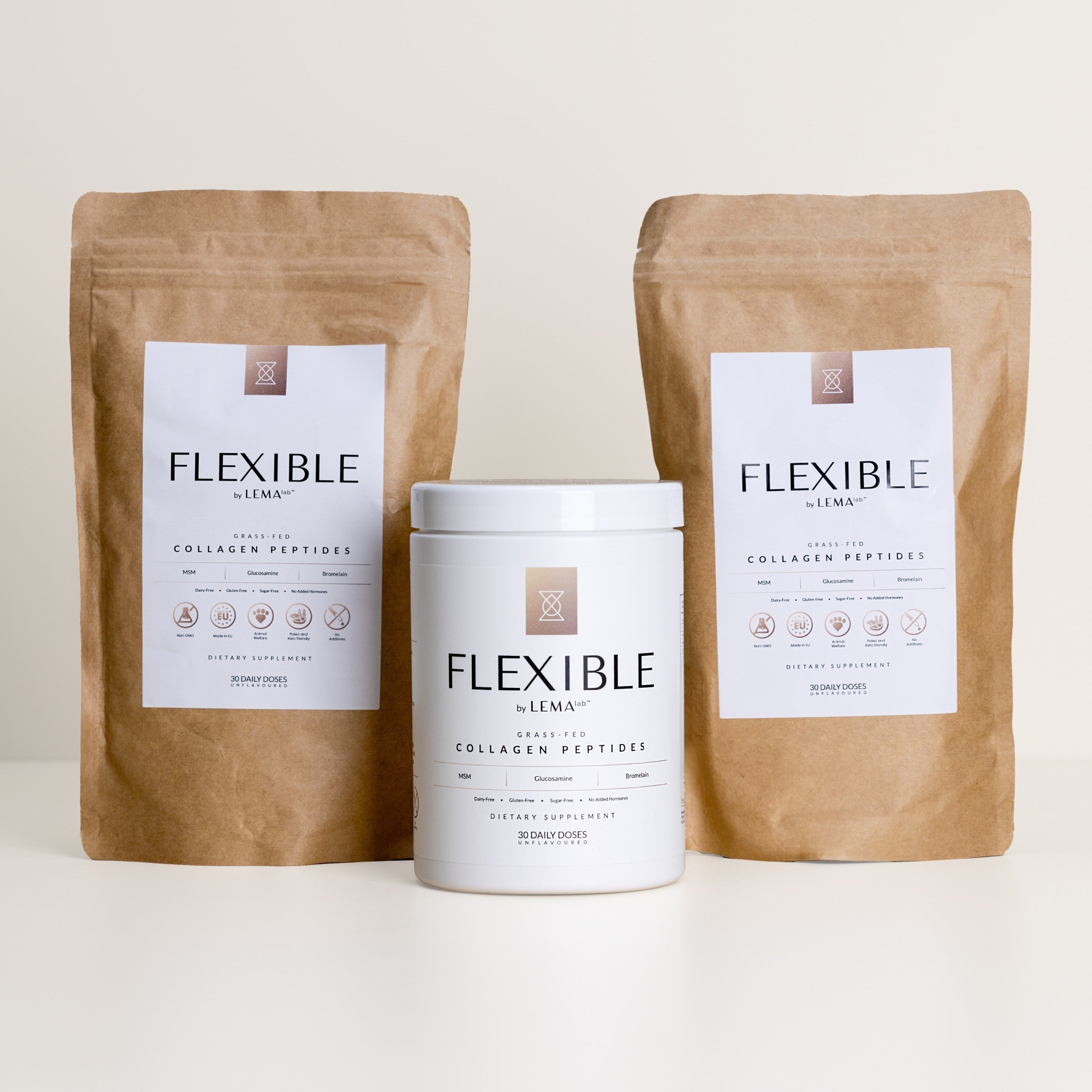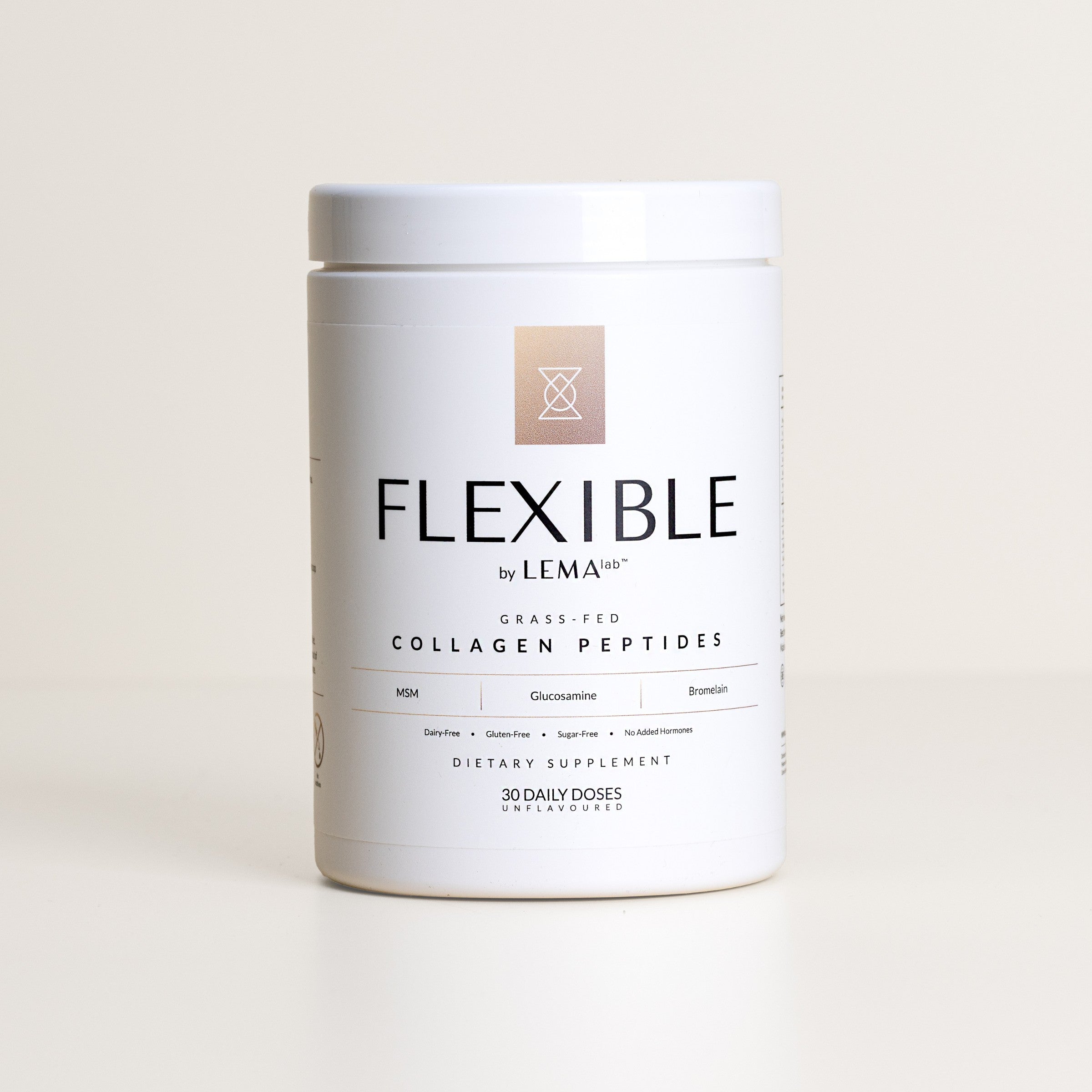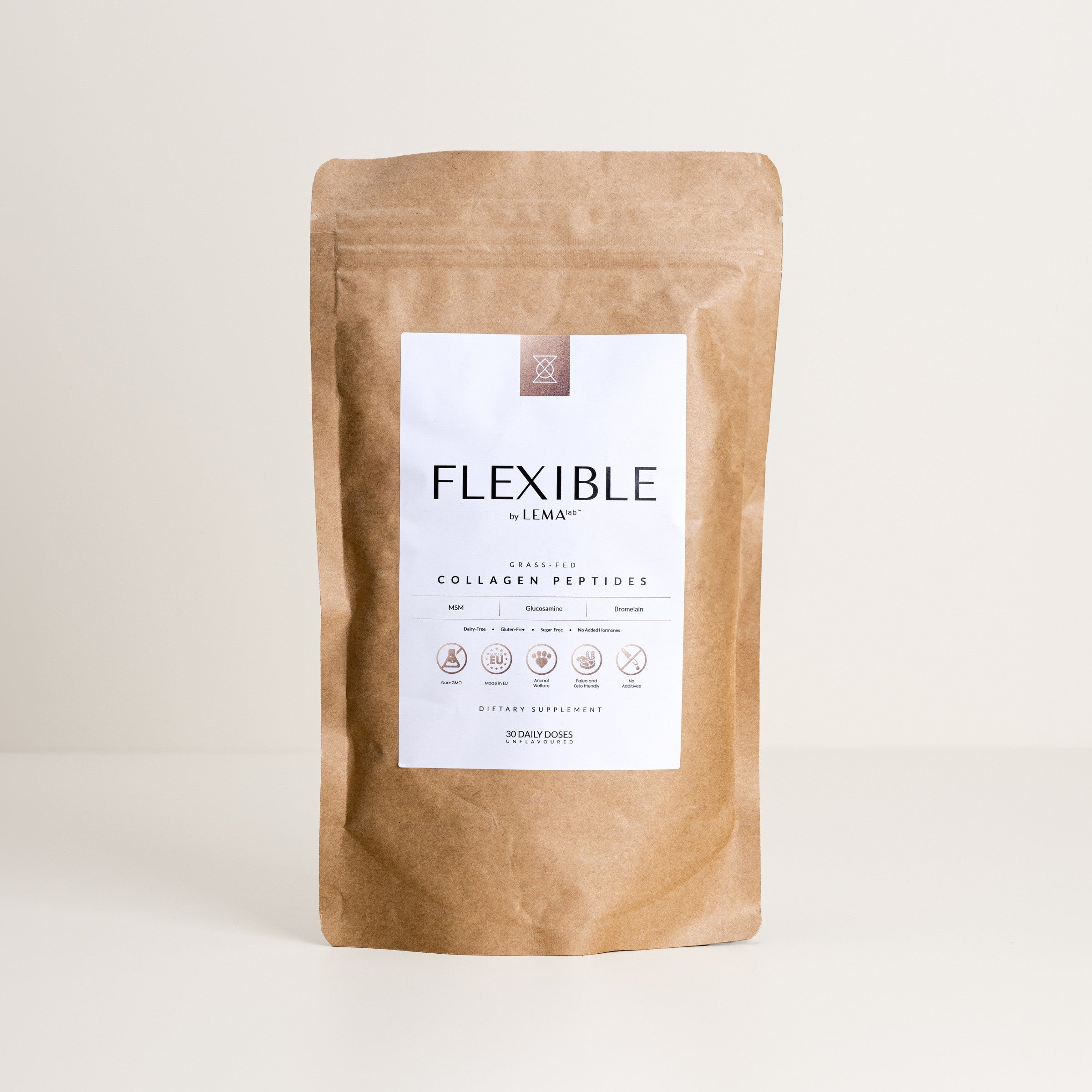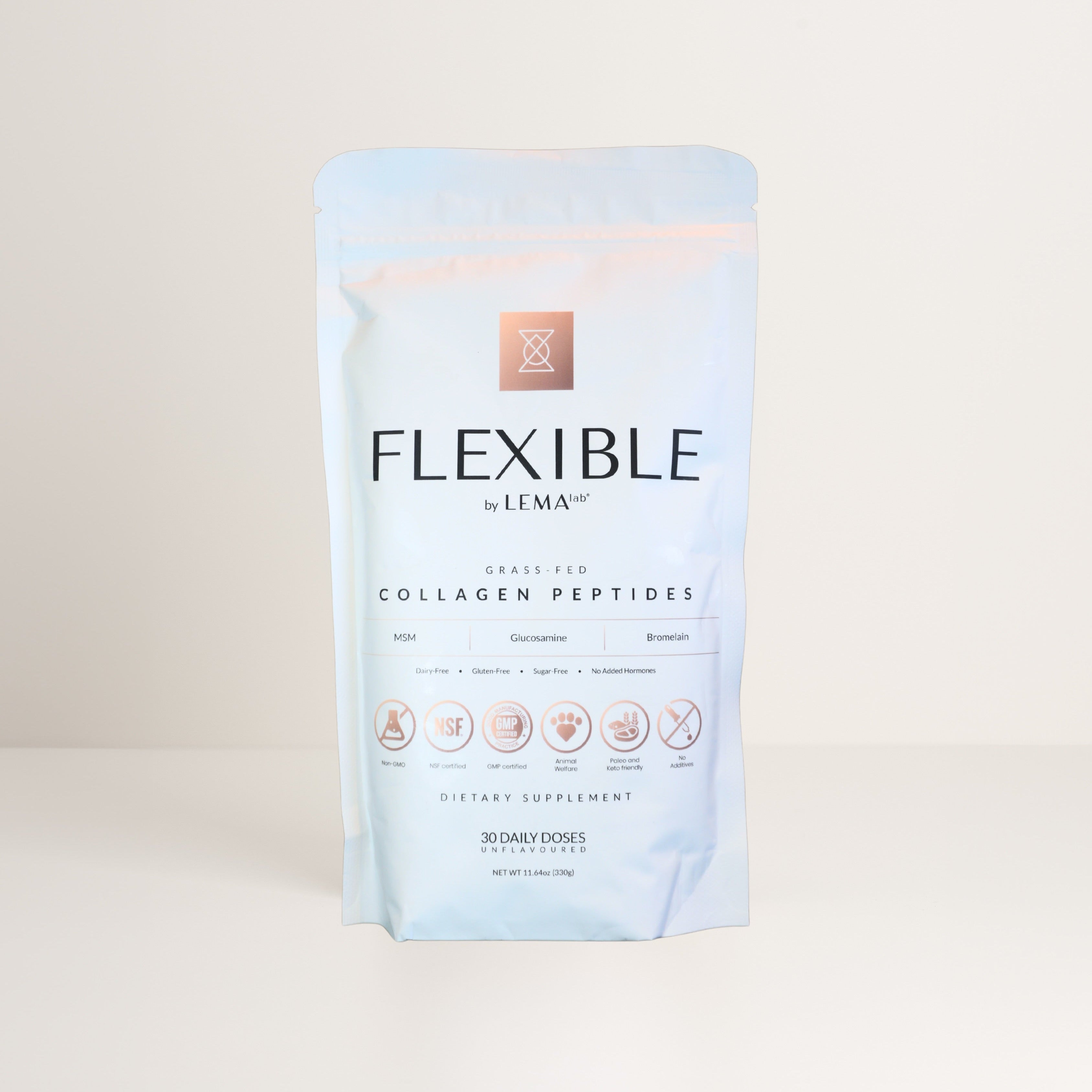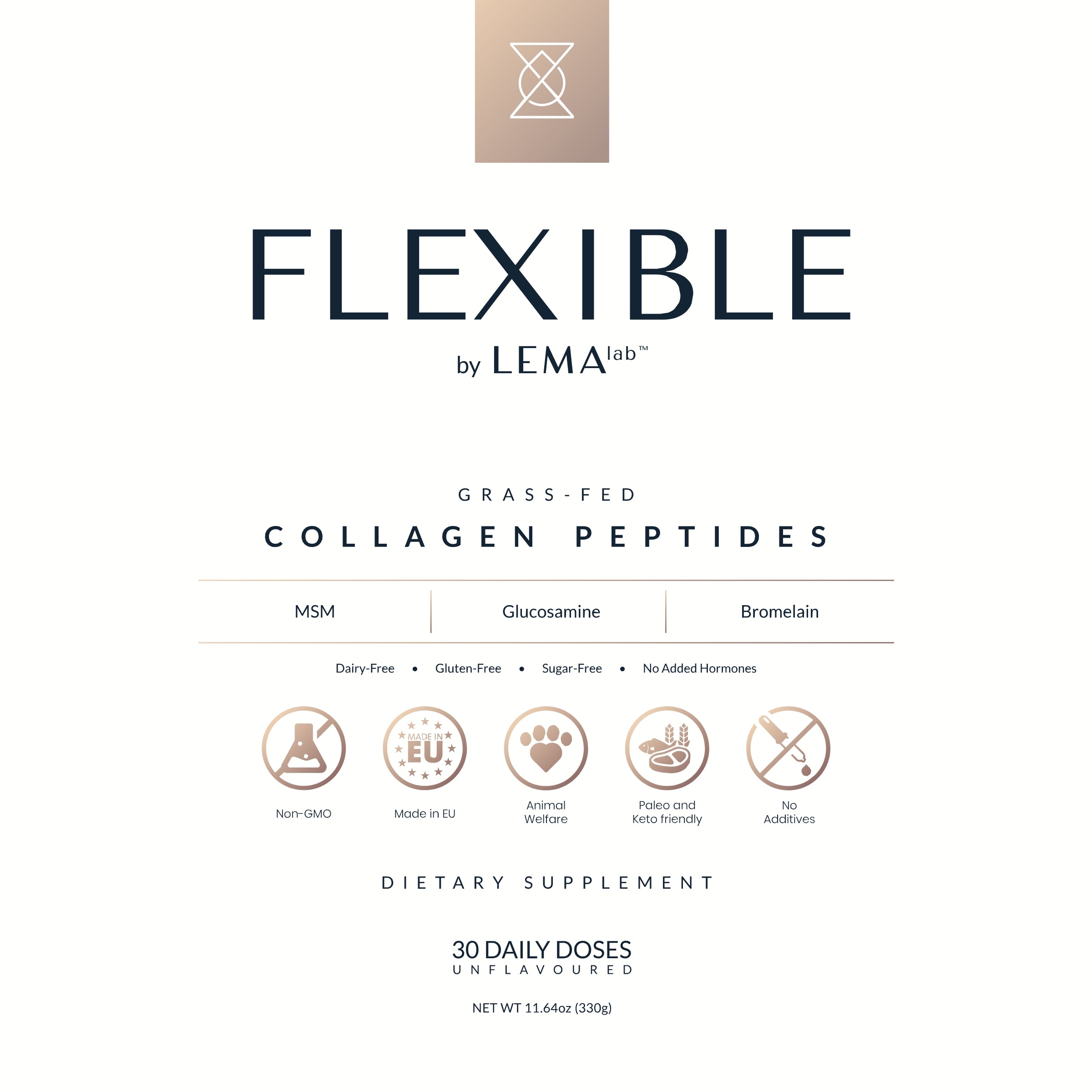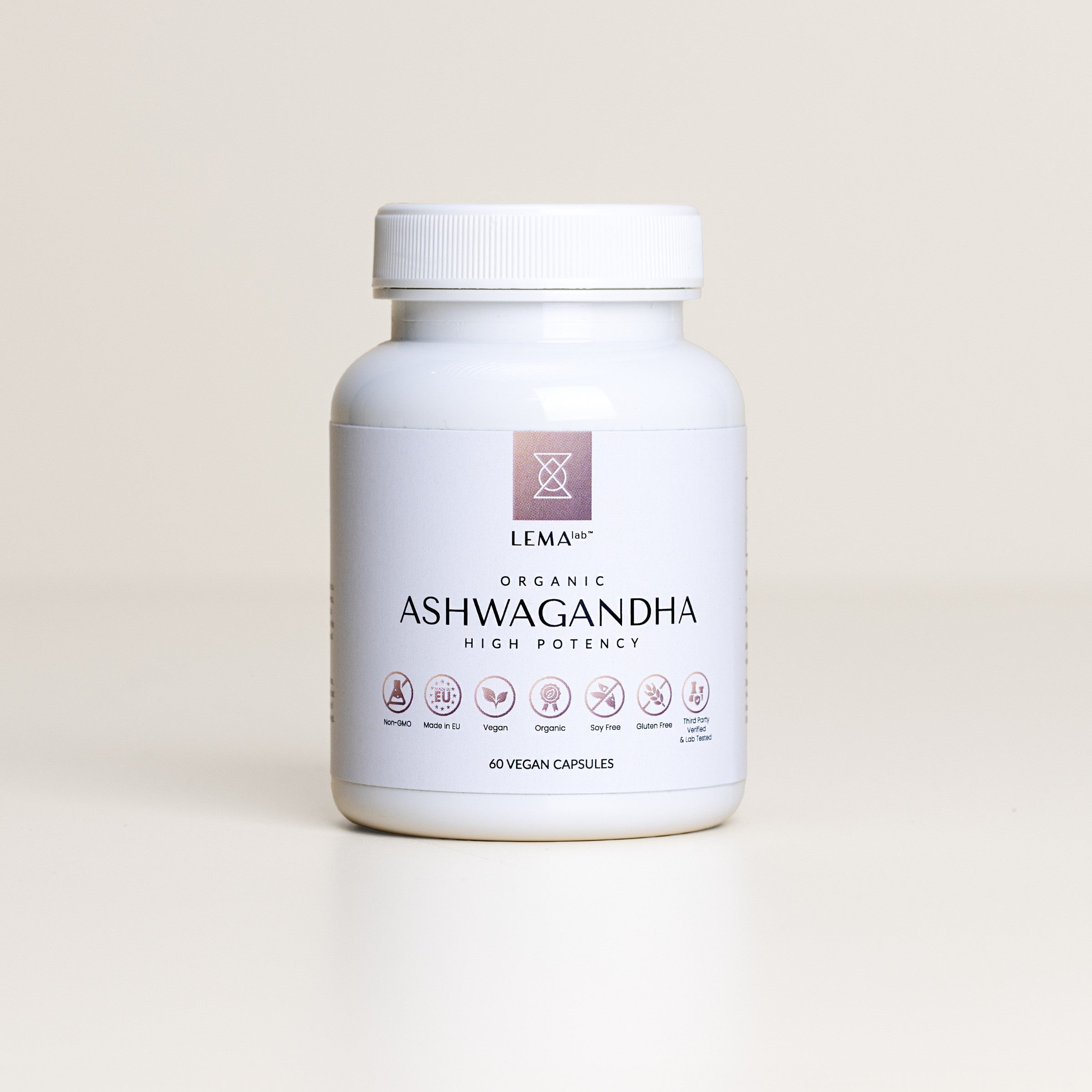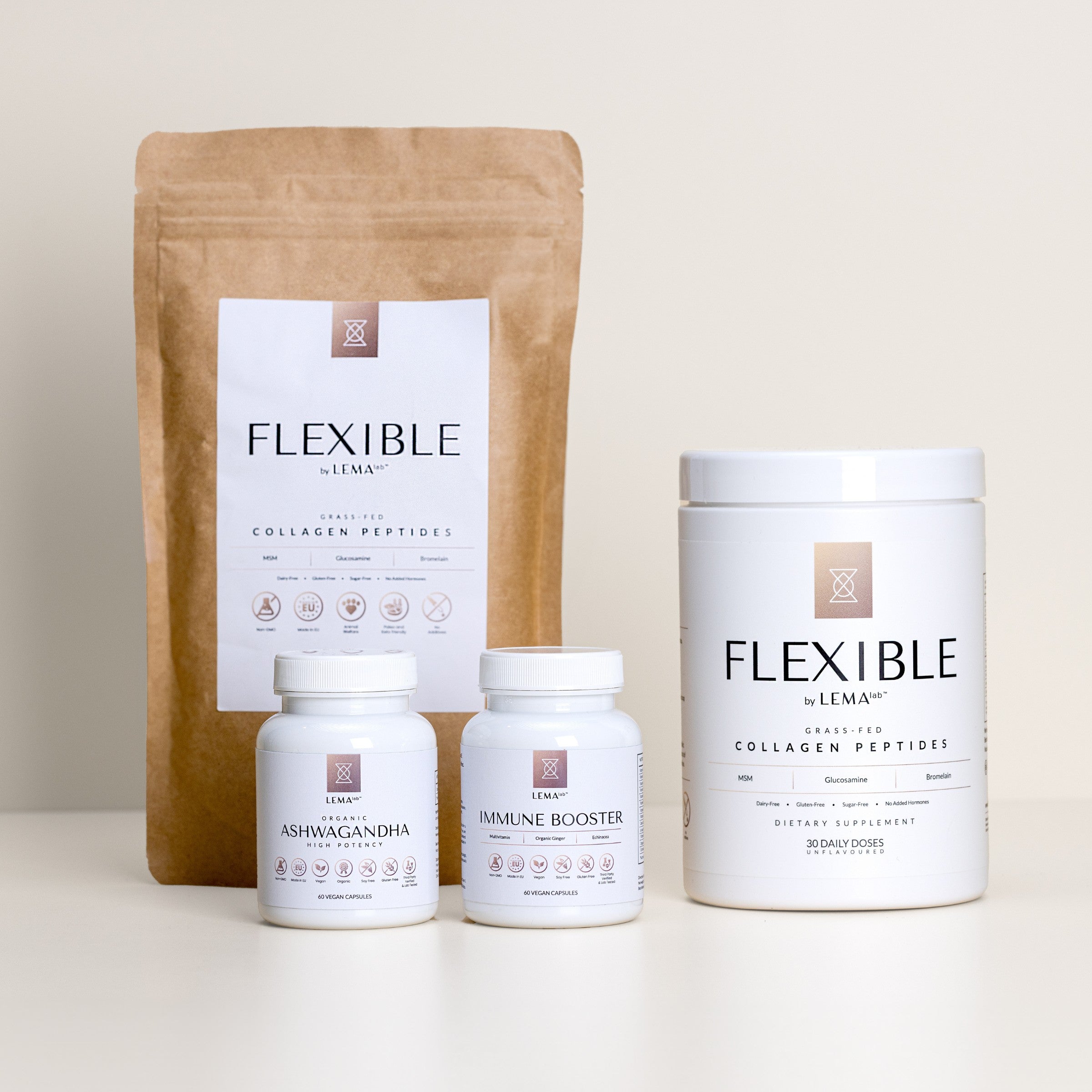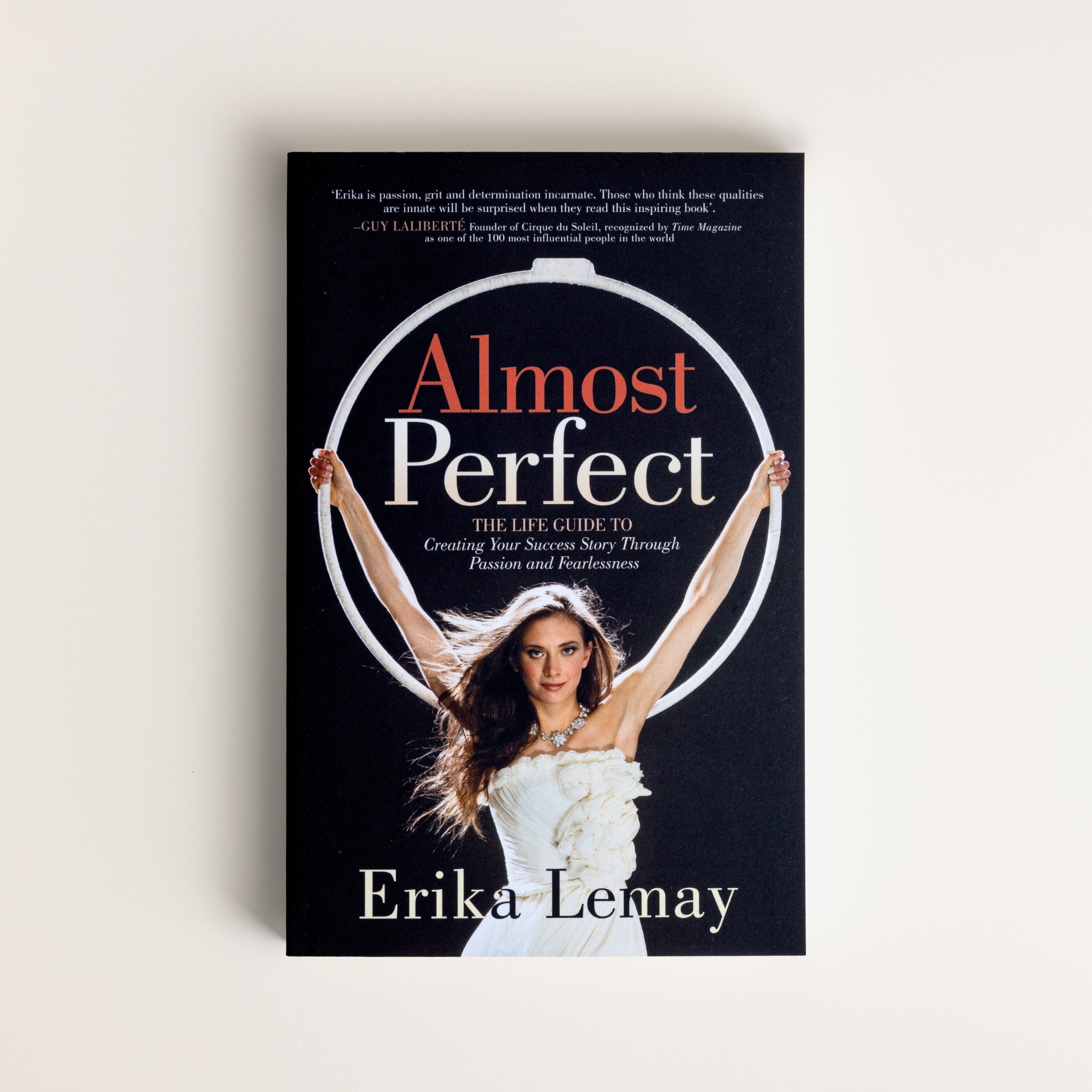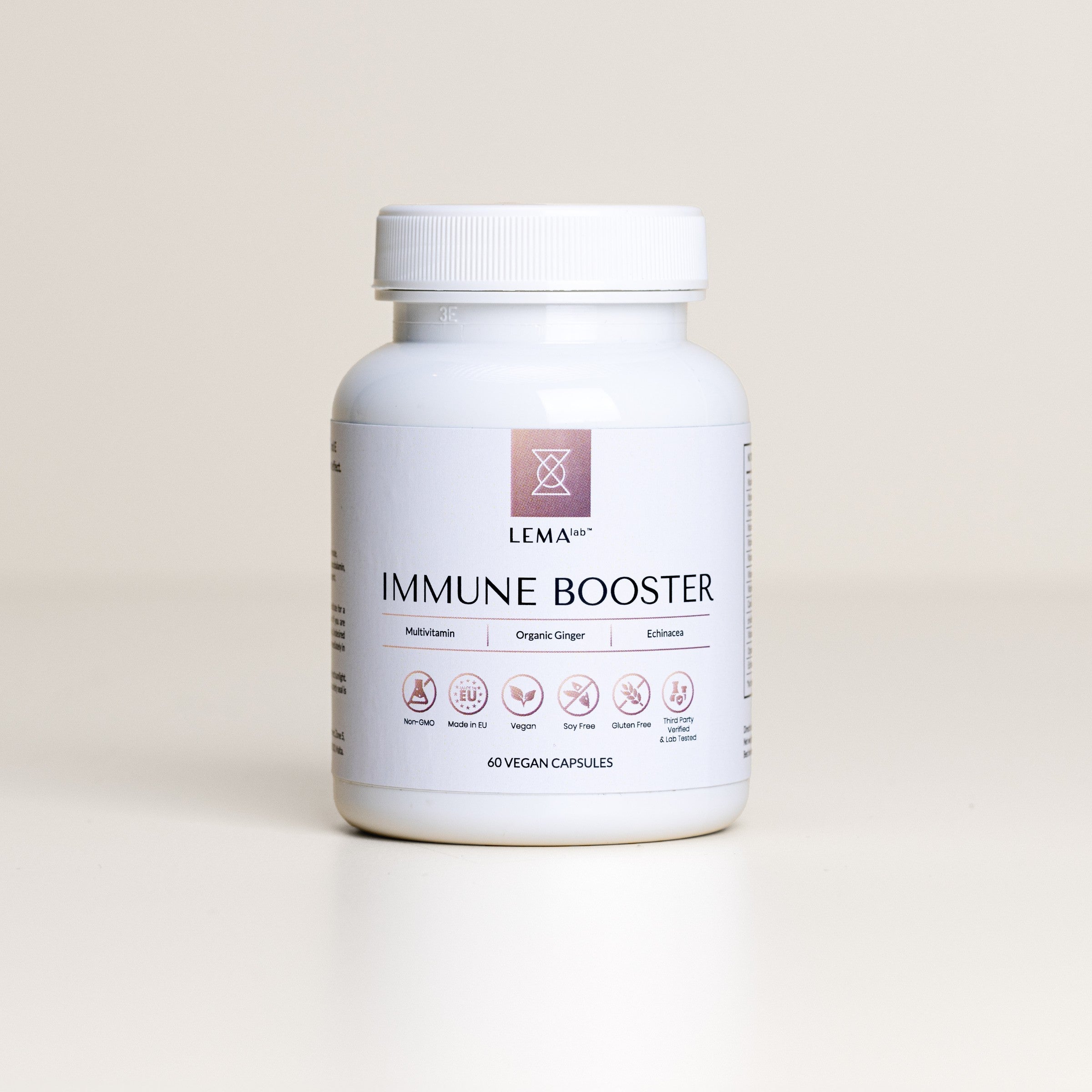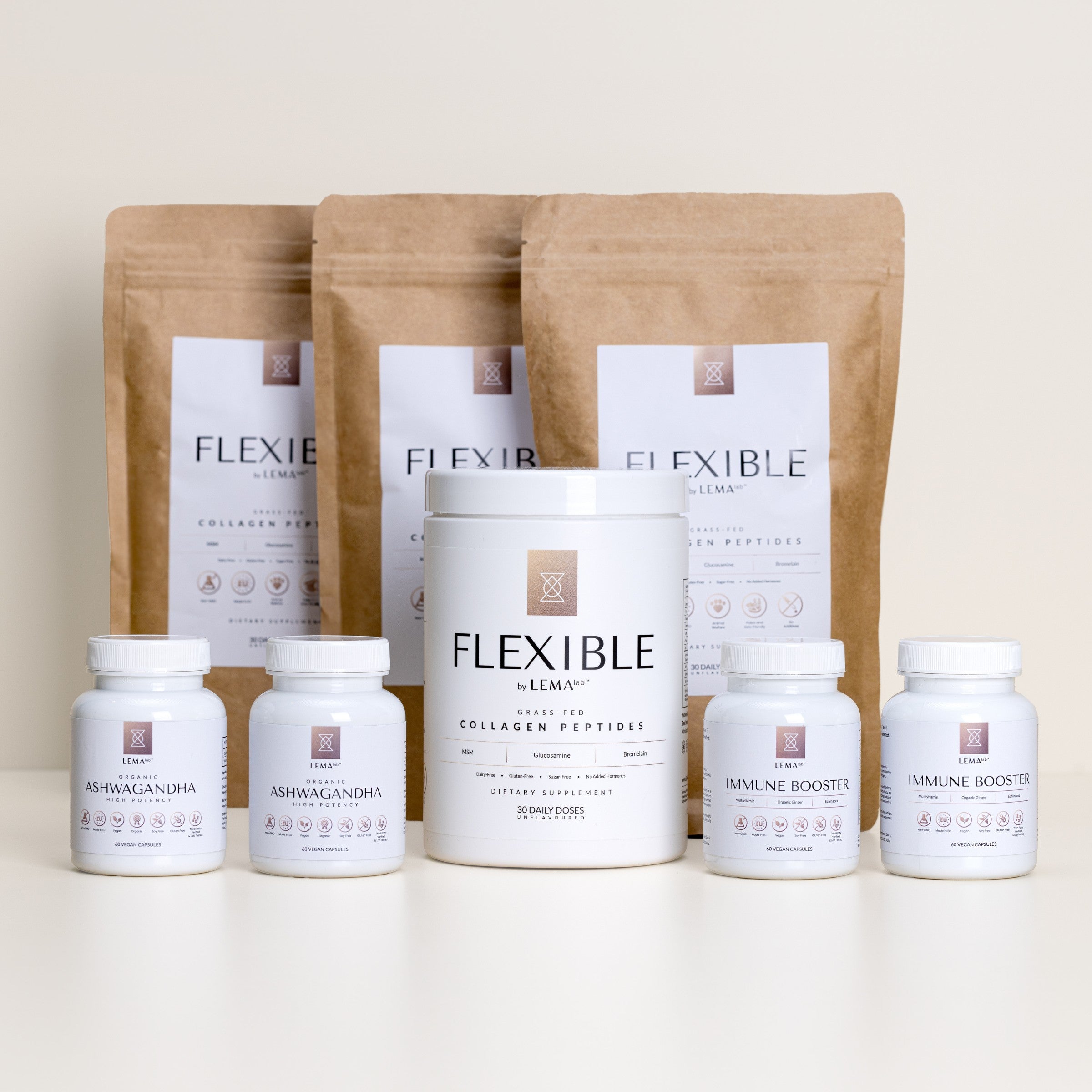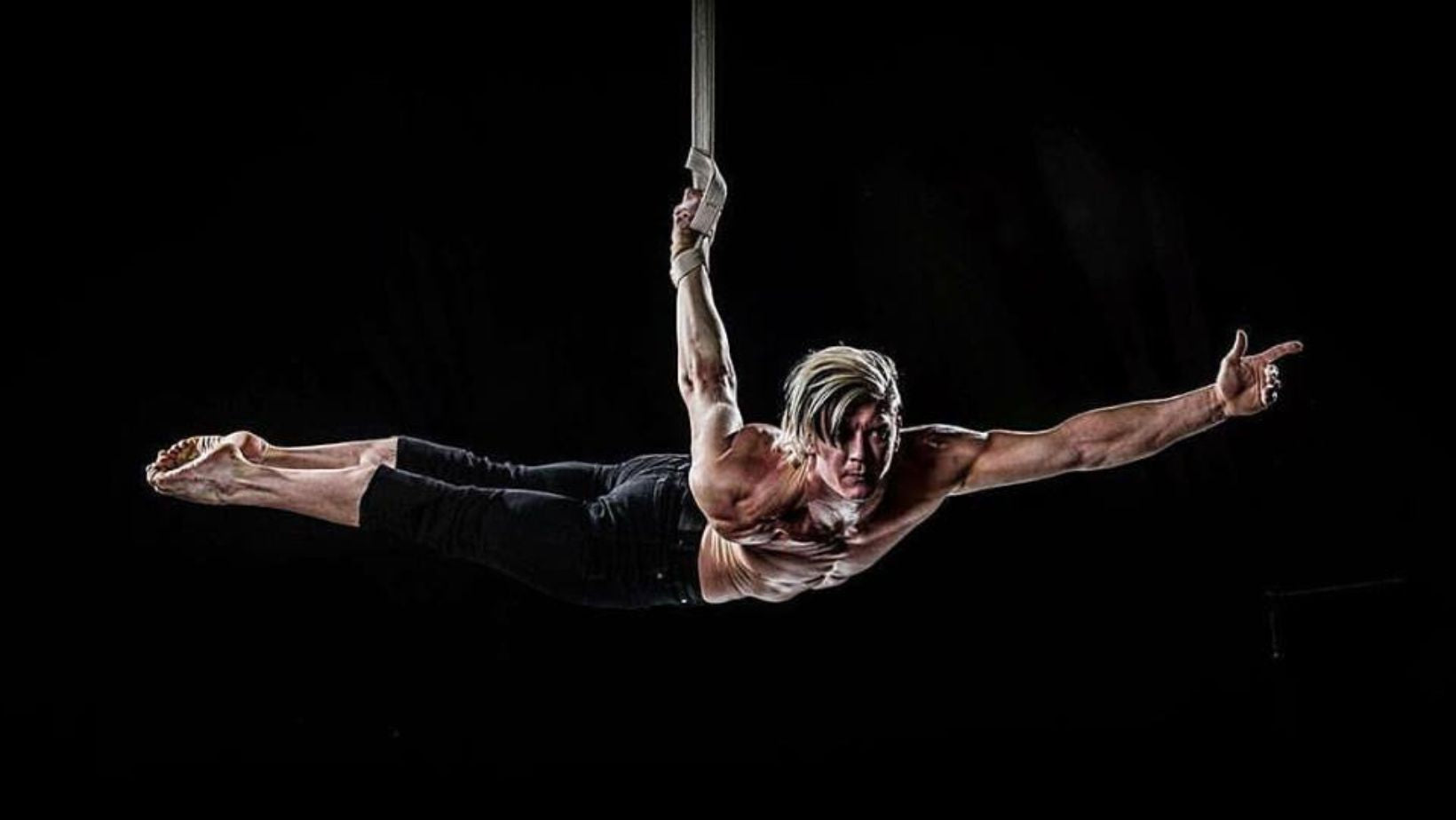
STUART MCKENZIE
The most challenging time of my career? Without a doubt my shoulder injury; it pushed me to turn defeat into growth—mentally and physically.
Stuart was born in London, UK and began gymnastics at the age of 12. He represented Great Britain in Sports Acrobatics for ten years, where his Men's Four achieved a ranking of No. 1 in the world. Once retired from competition, he joined the world-renowned Cirque Du Soleil in 2008 with four distinctive shows: Saltimbanco, Kooza, Kurios and Mystere. Stuart graduated from Northumbria University with a BSc (Hons) in Sport Management. Furthermore, he is Functional Range Conditioning (FRC®) specialist, NASM-certified personal trainer, and a recognised acrobatic and aerial coach. In addition, he was an artists' coach for strength and conditioning on the show Kooza (Cirque du Soleil).
Tell us about you?
I'm a professional Cirque performer, teacher and founder of Aerial Fitness Bodies. After performing various acts with Cirque du Soleil, I now perform as a freelance performer with Air Skating, a duo aerial act combining the poetry of skating & the strength of straps. I fly high with my partner Sophia Adams.
What is Aerial Fitness Bodies?
AFB (Aerial Fitness Bodies) is a fun, innovative fitness resource with educational tutorials for everyone to learn new creative bodyweight exercises. Together, I developed the AFB straps to give the cirque & fitness world an experience of what it is like to hang on aerial straps you see Cirque du Soleil performers perform on, and to allow training and learning cirque-style bodyweight skills.

What are your students' biggest challenges?
Beyond their physical limitation, the biggest challenge is their confidence and belief in themselves to achieve aerial skills.
What is the most common injury you noticed in your peers and/or students?
Shoulder impingement problems are quite common in both areas (professional and amateurs). In professionals, they are often caused by overuse, while in amateurs, it's often the incorrect movement path, and it is easy to correct with the right protocol.
How do you decrease injury risks in your students?
We focus on progressive training, guiding students through the correct techniques to achieve aerial bodyweight skills. The basics are extremely important to protect your shoulders; only once they are fully automatic can they move to further safe skills development.

You've recently had a complex injury yourself; could you tell us what happened?
While playing with my pomeranian Mufasa, I tripped and fell onto my shoulder. It resulted in an AC & CC type 3 shoulder separation.
***A shoulder separation is the partial or complete separation of two parts of the shoulder: the collarbone (clavicle) and the end (acromion) of the shoulder blade (scapula) caused by the tear of the ligaments linking these 2 bones: acromioclavicular (AC) and coracoclavicular (CC) ligaments.
How did you manage to keep training and performing after the injury?
I've done a lot of physiotherapy to work around the injury and adapted my training and performance, focusing on scapula control and different loading of my shoulder. I know my body and the shoulder's anatomy so well that I could safely compensate by using my shoulders at different angles while still achieving elite skills. The silver lining is that I look much more elegant when flying since I have a more open-chest position to protect the injured part of my shoulder.

Any tip for an ideal recovery plan for any injury?
A smart physiotherapy plan, confidence, control and consistency.
What is a day in your life?
I wake up at 7am and do my morning meditation and breathing exercises, followed by a full-body flow. Next, I supplement with my IMMUNE BOOSTER and ORGANIC ASHWAGANDHA and have my morning coffee. I go through all my work emails and then leave for the gym for the regular coaching session and my training. I then have my recovery protein shake with FLEXIBLE collagen. After that, it's soon time to get ready for the evening performance, followed by rest and recovery.
What do you do differently now compare to 10 years ago?
I now train to maintain for my act and no longer train to acquire new skills. I mainly collaborate with coaches & studios in different disciplines to continue my growth as an educator in aerial fitness, allowing me to assist my clients and community better.
Anything else you'd like to share with our readers?
Believe in yourself, we all started from zero! Let's fly into fitness.
Find Stuart on Instagram | Aerial Fitness Bodies website
Watch the Live Instagram Q&A with Stuart McKenzie and LEMAlab's founder Erika Lemay about safe aerial training techniques, injury prevention and recovery.
